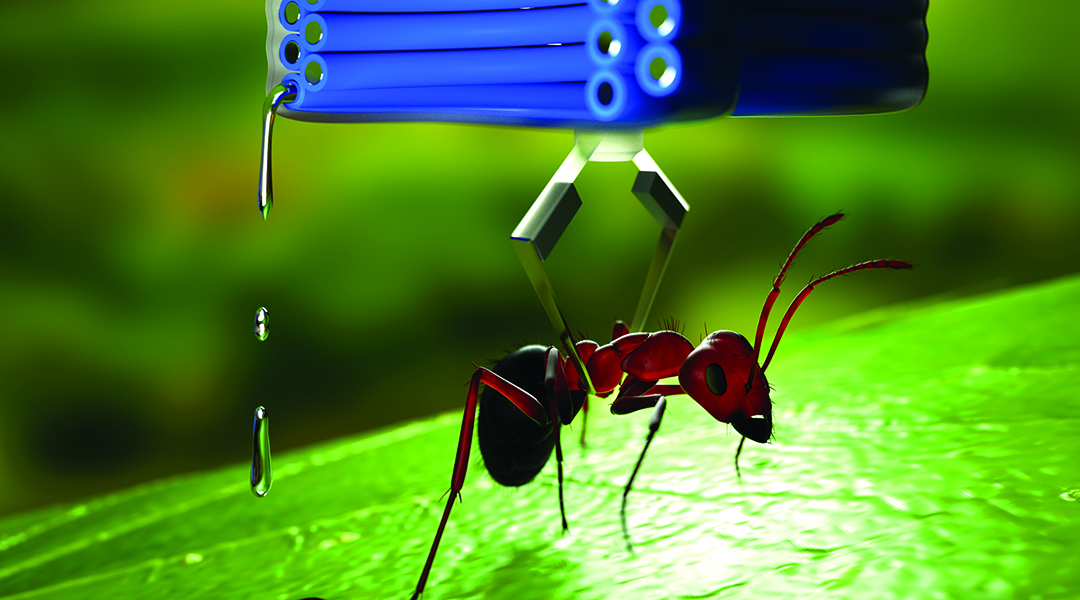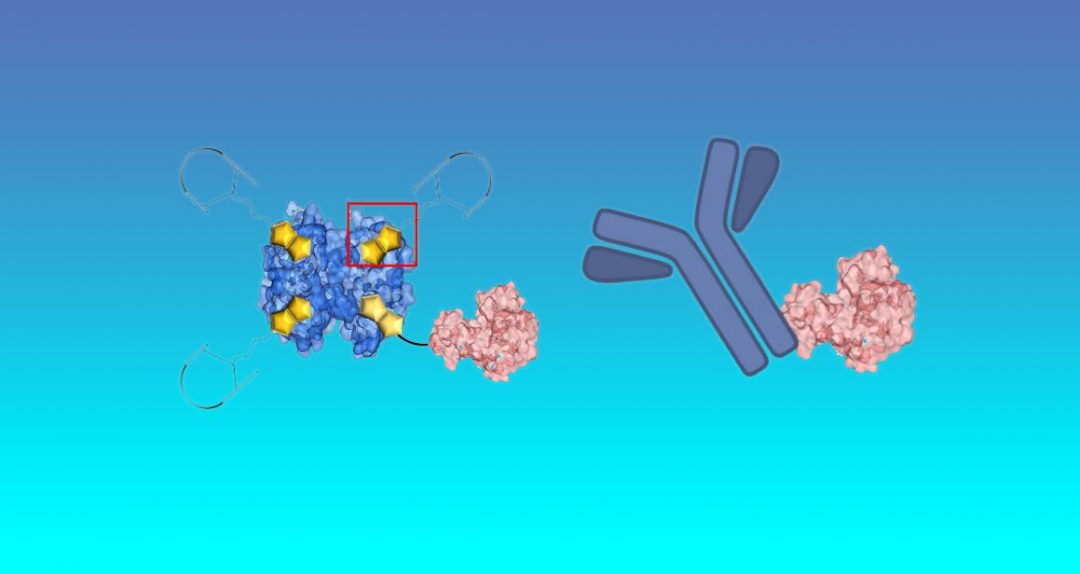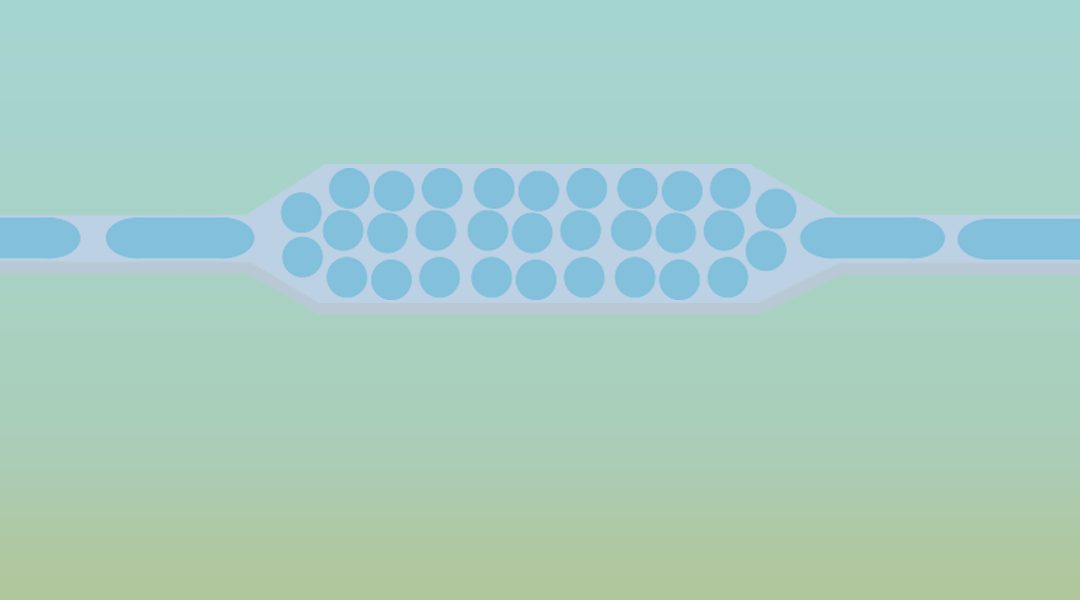A nanobiosensor is developed that performs real-time analysis of single-cell cytokine secretion, enabling the development of new therapies for diseases.
![Unravelling the Cytokine Secretion Process of Single Cells with a Novel Biosensor [Video]](https://www.advancedsciencenews.com/wp-content/uploads/2018/07/smll201800698_ASN_image_3.jpg)
![Unravelling the Cytokine Secretion Process of Single Cells with a Novel Biosensor [Video]](https://www.advancedsciencenews.com/wp-content/uploads/2018/07/smll201800698_ASN_image_3.jpg)
A nanobiosensor is developed that performs real-time analysis of single-cell cytokine secretion, enabling the development of new therapies for diseases.

Bird feather microstructure exhibits an astonishing water-assisted ability of self-repair, which enables birds to replace their plumage only once per year.
![Polyphosphate-based Smart Material for Implants [Video]](https://www.advancedsciencenews.com/wp-content/uploads/2018/06/smll201801170_ASN_image.jpg)
A team of researchers demonstrate Ca–polyphosphate (polyP) nanoparticles (NPs) as a smart biomaterial for regenerative medicine applications.

Polymer therapeutics represent promising novel chemical entities under development for addressing CNS disorders, in which intravenous and intranasal administration are the most appealing strategies to achieve this paramount goal.

A vibrotactile actuator and robotic gripper that operate based on the Lorentz force principle are demonstrated.

Bioactive entities are combined into structurally ordered multidomain protein complexes to mitigate selective targeting of a hallmark protein molecule in cancer diseases.
![Biofilm-Inspired Fabrication of Complex Nanostructures [Video]](https://www.advancedsciencenews.com/wp-content/uploads/2018/06/adma201705968_ASN_image.jpg)
Inspired by biofilm formation, a strategy for templated self-assembly of nano-objects is developed for the fabrication of complex nanostructures.

The potential of rapid diagnostics and screening has led to burgeoning interest in droplets, as it is increasingly used to detect novel disease biomarker targets.
![A Rapid In Situ Disinfection Method for Surgical Implants [Video]](https://www.advancedsciencenews.com/wp-content/uploads/2018/06/smll201704347_ASN_image_002.jpg)
A disinfection method for titanium implant surfaces using a hybrid coating of chitosan on molybdenum disulfide.

Although the overall functionality of Cas9 and Cas12a is remarkably similar, their distinct structural features result in distinct molecular mechanisms that impact their activities.